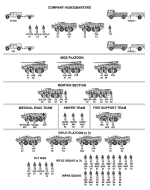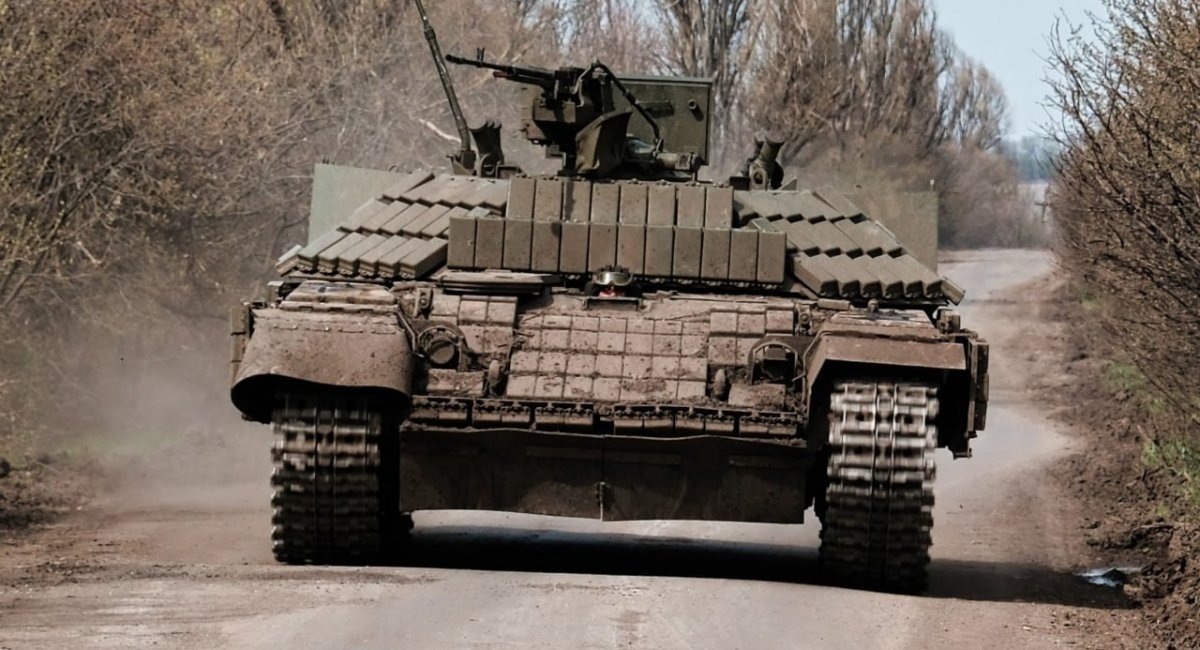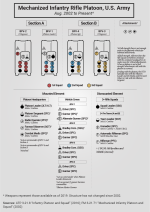Not really. A transport platoon/troop is a battalion/regiment asset and typically used for administrative moves, usually equipment in a vehicle equipped unit. Strykers, bradleys, LAVs, etc (pending which army) belong to the platoon commander. He controls them, decides how to use them. He doesn't have to beg for them from higher.
The US Army pick up ISV as far I understand provides purely a logistical feature moving troops, no intention of using them in any tactical role.
Basically there are units with organic vehicles and units without.
Last I trained with the Marines down south, ALL of their infantry were basically light except some humvees in weapons platoons. They hitched a ride with helos, amtracks, LCU, LCAC, whatever they had or needed for the mission.
The crews and platoon don’t merge, they’re already organic.
The Strykers belong to the Company, and somewhat theoretically the Platoon, but they aren’t part of the Platoon as a fighting element (if that makes sense).
There are now also effectively 2 types of Stryker Brigades, that have two different roles.
Stryker Brigades in a Light Division, and Stryker Brigades in an Armored Division.
So there is different employment for them depending on who they are with.
So I got two or three different responses here as to who owns what and what they are supposed to do. And I reckon that that is par for the course. Situations matter.
Having said that let me step back from the coal face and look at this issue from the standpoint of the accountants and those trying to manage readiness.
There is F Echelon, A Echelon and B Echelon (or used to was).
F Echelon meets the enemy on their feet. A and B Echelons get F Echelon to the fight.
It seems to me that how close the drop off is depends on how aggressive the commander is when confronted with a particular situation. Kind of like that old Advance to Contact drill and waiting for the commander to decide if the enemy fire was effective enough to halt the advance and react to the enemy fire.
I have observed troops charging onto the objective in unarmoured vehicles successfully because the situation permitted it. I have also observed heavily armoured vehicles stopped short of the objective because the situation didn't permit it.
....
A rifle battalion on a road move is likely to be carried by the transport platoon absent any other transport. On the other hand a rifle battalion conducting daily patrols will be using vehicles daily. My Dad's Battalion was notorious for securing local transport in Palestine. His 1st (Guards) Parachute Battalion should have been renamed the 1st (Guards) Motorized Parachute Battalion. Every section was mounted as were the battalion mortars (if the springs broke a new vehicle was "found").
...
The difference between a Light Battalion and a Mech Battalion is obvious as is their associations with the vehicles. Vehicles support the Light Battalion. The Mech Battalion rifles support the vehicles. Our LAVs serve in Mech Battalions.
....
The Stryker, although automotively similar to the LAV is referred to as a Carrier (Infantry Carrier Vehicle) and not a Fighter (Infantry Fighting Vehicle). It is an armoured bus.
The Stryker Battalion can drive to the foot of the mountain and then debus a complete Light Battalion, including MGs, ATGMs, Mortars and other odds and sods and fight up the mountains leaving their vehicles behind.
The same battalion, in my opinion, could be tasked, by the accountants and managers, to leave their Strykers back home in garrison and be sent into some nice warm swamps.
...
So I stand by my point.
In the Stryker Battalion the basic element is the standard light infantry platoon.
Each Battalion is authorized enough Strykers and Crews to lift and support 9 light infantry platoons and a recce platoon.
Scale of authorization is 4 vehicles with 8 commanders and drivers for each platoon.
Each Company gets 3 sections of 4 vehicles with 8 commanders and drivers for its 3 platoons along with an allocation of DFS vehicles, CPs, FSTs, Ambulances and Mortars.
All of those come from the kit on the CO's charge.
It is up to the CO to decide if he wants to use them like buses or wants to use them like Bradleys.






